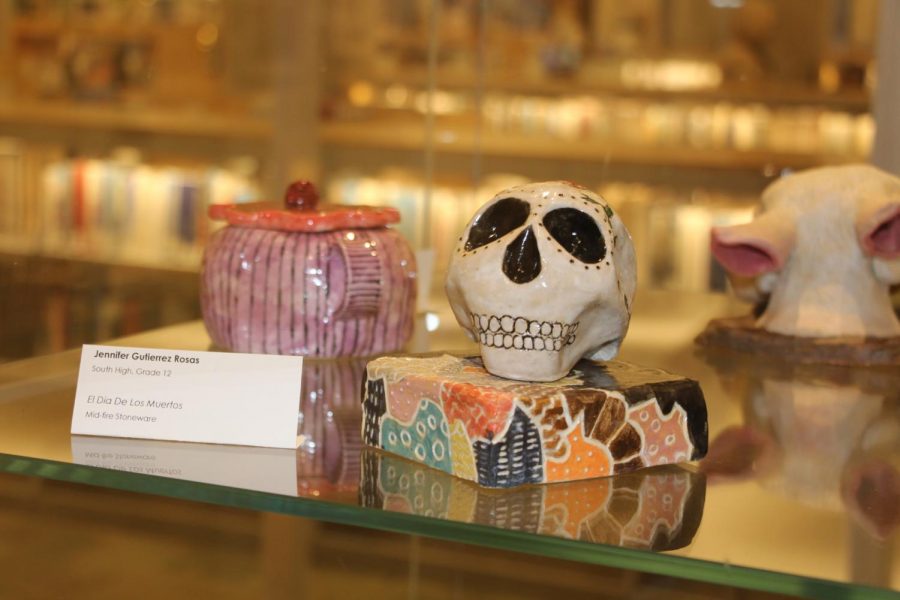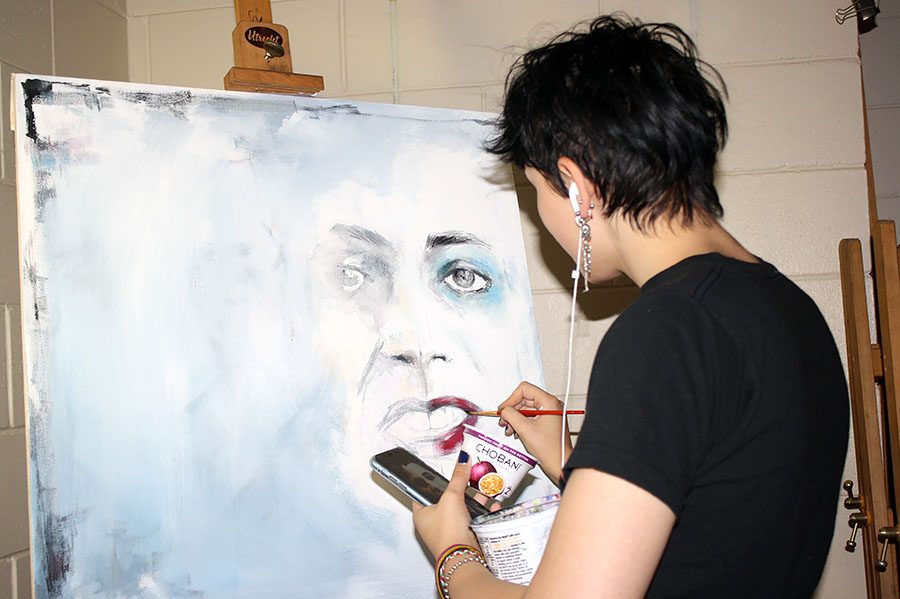For many people, making art serves as a way to relax or to kill time during a boring class. But art has been proven to assist with many different ailments, both in the setting of therapy and in more group-centered activities.
The world of treatment for those with physical or mental disabilities is constantly evolving, but one form of therapy that has become more and more popular is art therapy. Over e-mail, art therapist Dolores Johnson wrote that “art therapy is a form of therapy that uses the creative process of art making to bring about developmental, physical, social, educational or psychological healing for the client.”
Art therapy comes in many different forms. In addition to being used in many different settings, it can be a useful form of treatment for various psychological or physical problems by allowing the patient to express thoughts or feelings when words can’t get the job done. As Johnson explained it, “in a psychotherapy setting, art therapy techniques can help the client gain greater self-awareness and resolve painful emotions. In session, the client is encouraged to explore their problem by creating a piece of art that expresses what they are thinking and feeling about the issue.”
The usefulness of art therapy stems from the fact that, unlike the more common forms of talk therapy, which engage the neo-cortex, the language processing and information analyzing part of the brain, art therapy incorporates another area of the brain.
“Art therapy, on the other hand, engages the limbic region of the brain, the part that stores memory and processes images, emotions and less conscious material,” Johnson wrote. “For that reason, art therapy is a helpful tool when clients feel stuck and don’t know what to do or when they have a hard time identifying how they feel about the problem. By tapping into the limbic centers the client often gains new information and is able to generate more options and open up to new perspectives.”
Registering as an art therapist can be very difficult, Johnson said. It requires “completing a Masters level program with core curriculum in Art Therapy, completing a supervised internship and accruing hours of clinical experience. It generally requires two years of coursework and another 1-2 years of experience in a clinical setting.” She went on to state, “a Registered Art Therapist may have difficulty getting work because many positions require licensing in counseling.”
However, the techniques used in art therapy can be used either as a supplement to a more traditional counseling practice or in different practices of physical or psychological assistance.
Art can also be a great help outside of the world of therapy in the form of classes. As a part of the Young Dance program’s Dance for All Abilities class, junior Shana Crawford attests to the differences. She said that while the class is “definitely therapeutic, it’s not intentionally art therapy.” Crawford said that the mission for All-Abilities is that, for those with atypical abilities, “they have just as much of a life. Give them a place where they can transform their life through music.”
There is a variety of abilities in the group, but Crawford said that ultimately it “kind of depends on the class and who signs up for them.” She described seeing “kids in wheelchairs because their muscles are too tense, a couple of kids with severe autism,” and more, including a set of blind twins in a class a few years ago.
Although she doesn’t see herself as an art therapist, Crawford said she “can see how one could say that it’s therapy.” Ultimately, “the whole intention is to help, we’re working together. They’re helping me as much as I’m helping them,” Crawford added. “In the way society is right now, people with disabilities are kept away from others.” Crawford said that being part of Dance for All Abilities “gives me an opportunity to grow as a person.”
When it comes to working with people of atypical ability, Crawford said, “it takes an amount of compassion and understanding to move past the set boundaries of disabilities…you have to learn about the person as a whole,” she said.
Whether through one-on-one counseling or as a part of something greater, creating and performing art lifts spirits and serves as a way to channel thoughts and feelings into something creative and beautiful. Something to think about the next time you’re doodling in your notebook.






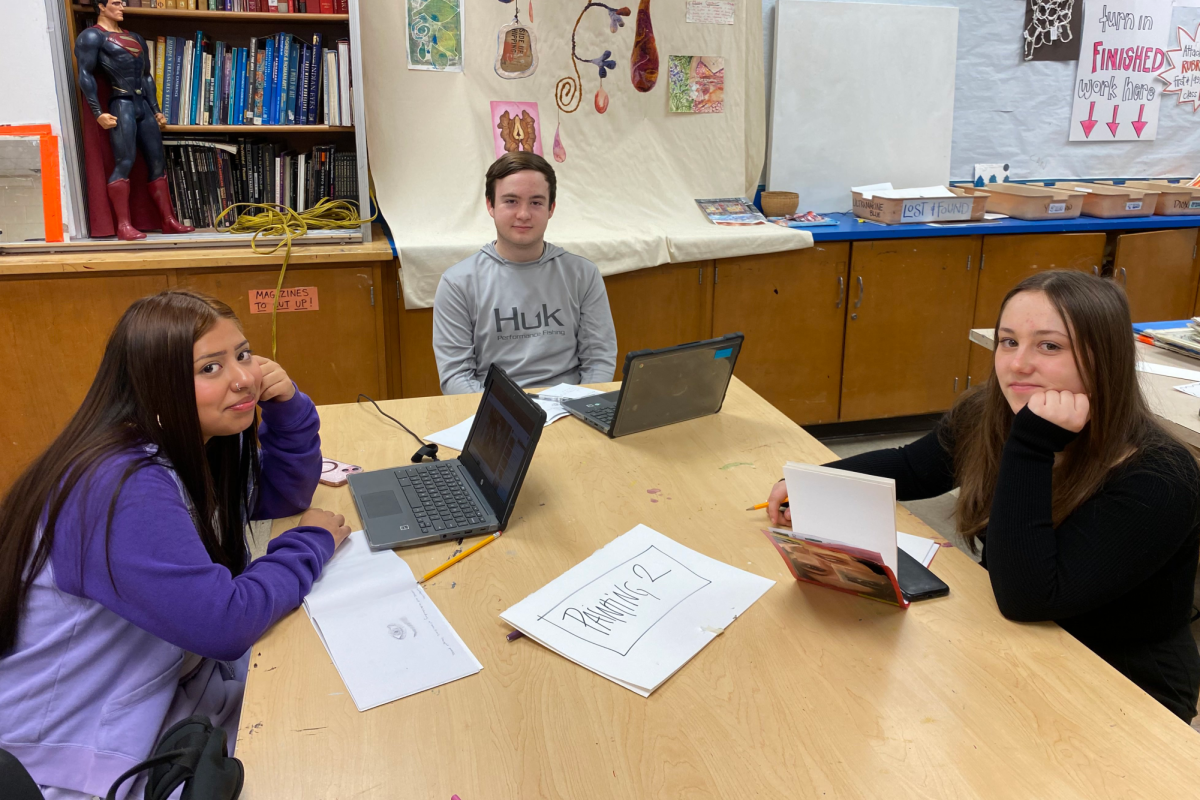
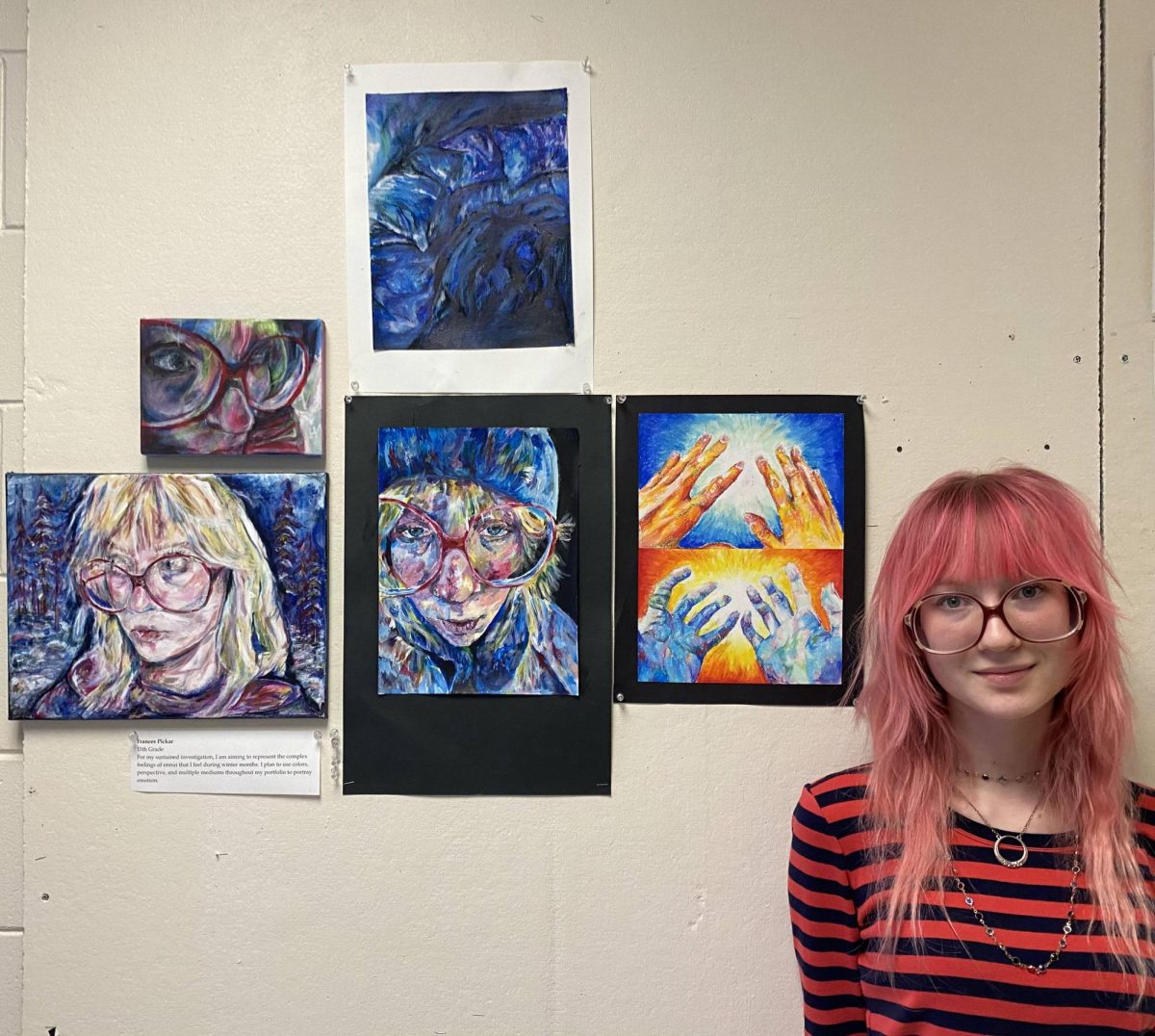

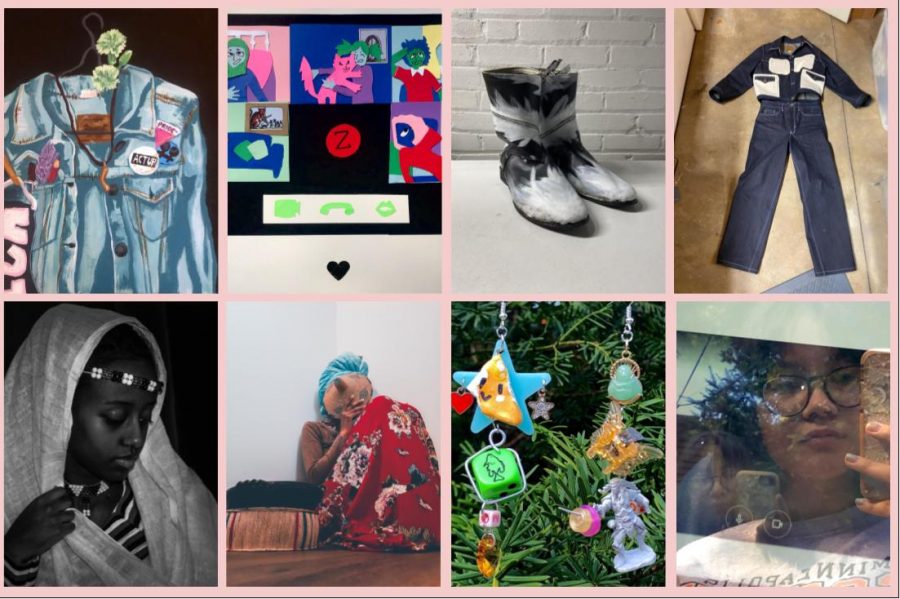
![During these times art is giving people some hope and bonding them. This is just one of many art trends that have sprung up all over the country. People can draw support from the art in their neighborhood. South Minneapolis resident Sara Hardwig participated in it and said, “It may be individually hard, the feeling of doing it [art] together makes it easier for me."](https://www.shsoutherner.net/wp-content/uploads/2021/01/QuarantineArt3-edited-900x600.jpg)
